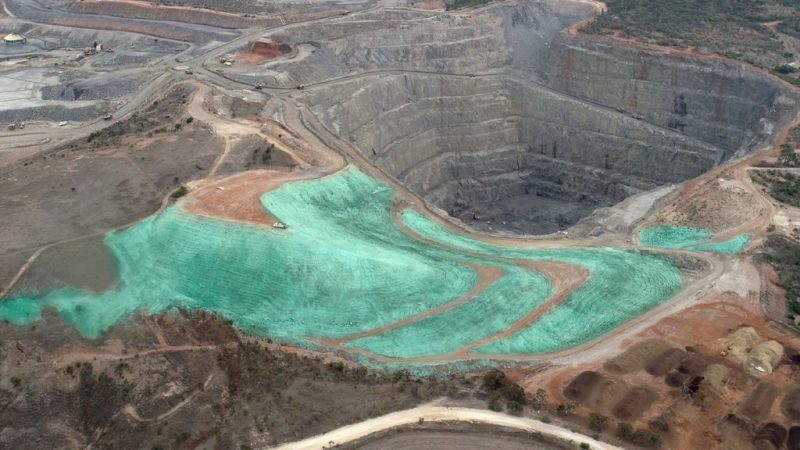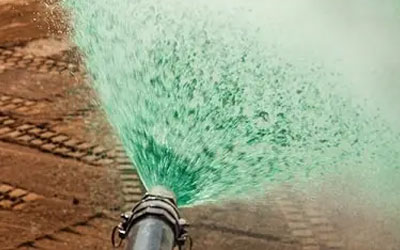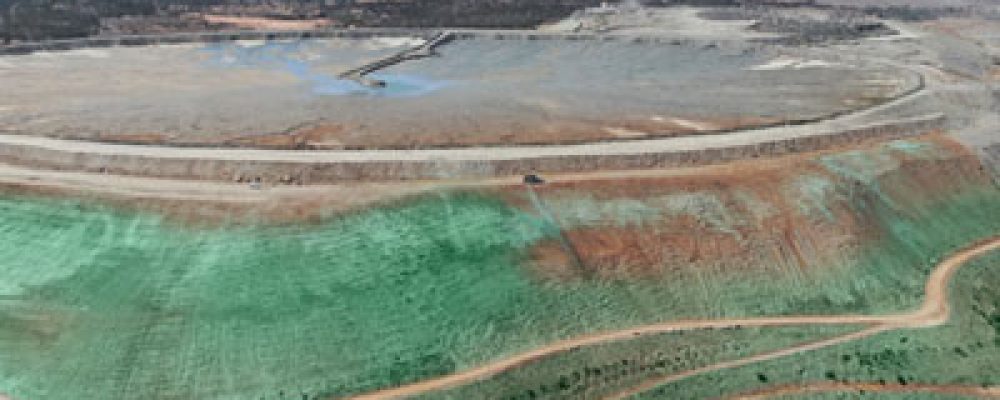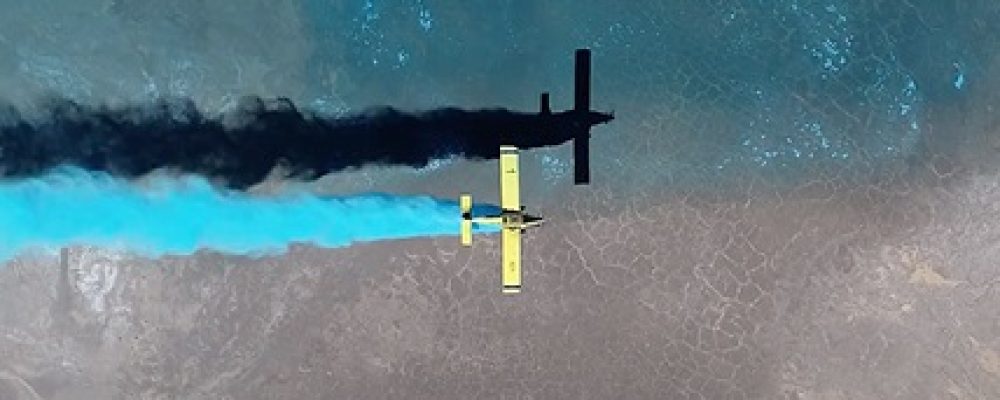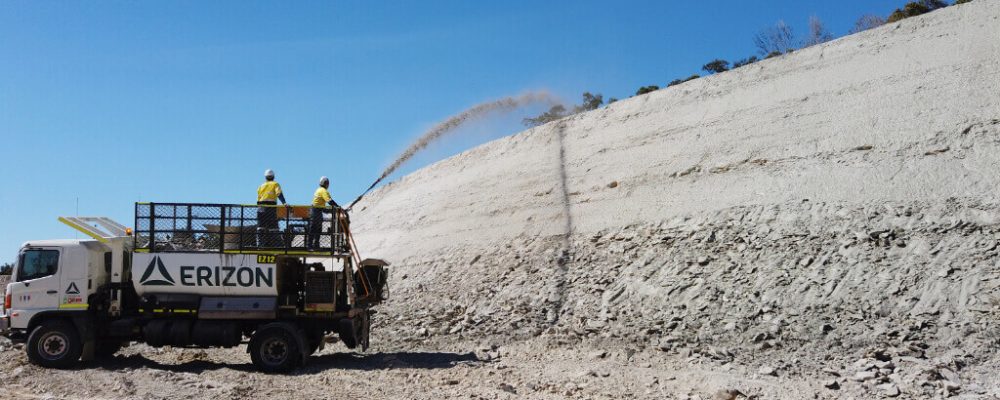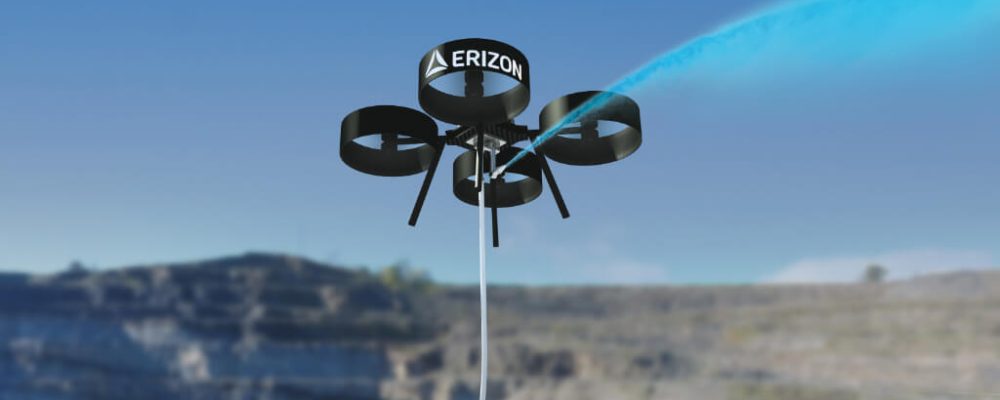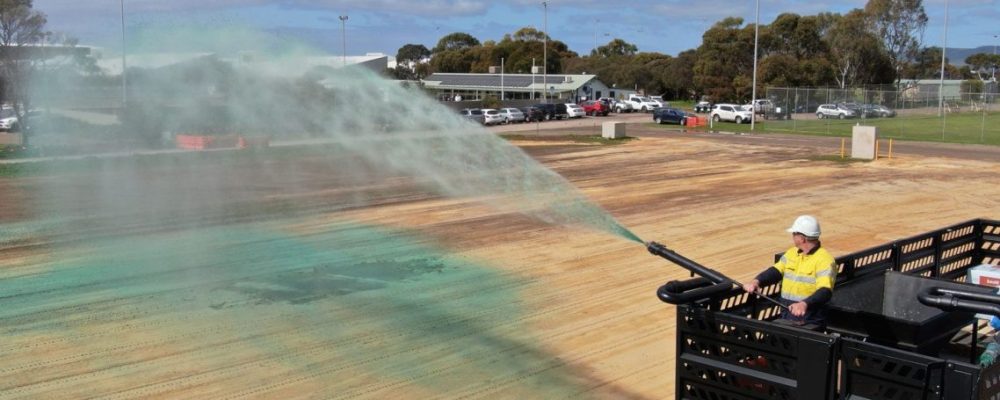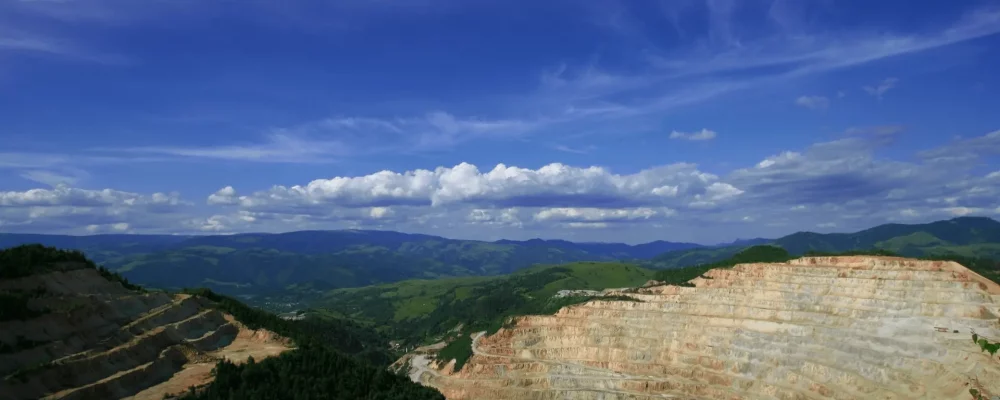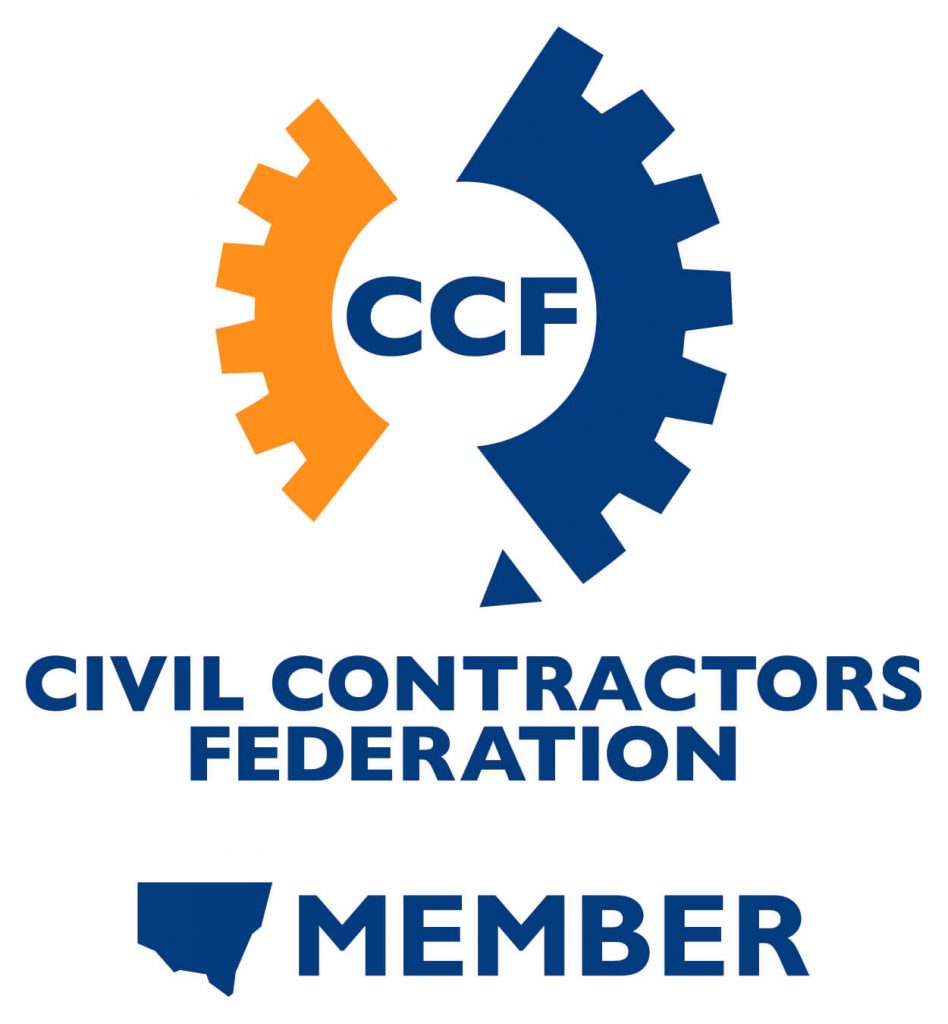After 25+ years working with mine sites across Australia, Erizon have witnessed “the good, the bad, and the ugly” regarding mine site rehabilitation and revegetation. Success may be difficult to achieve if the plan is poorly developed or implemented, and remediation measures are often costly.
Here are five key factors that Erizon considers when approaching mine site revegetation so that we can guarantee project success.
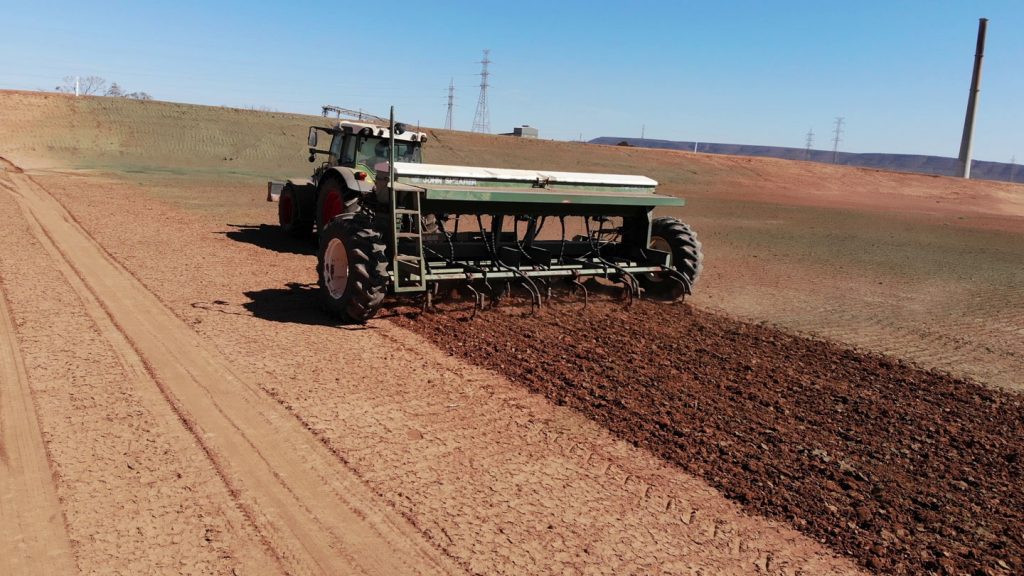
1. Surface Preparation
To get the revegetation process off to the best possible start, first, you must understand the soil health onsite to prepare it for the best chance of seed germination and sustainable growth.
At Erizon, all revegetation projects start with a site inspection and soil testing, which involves collecting multiple soil samples for comprehensive analysis in a lab. Our team of scientists will determine the nutrient content, composition, calcium levels, trace elements, and other essential properties to make a tailored solution.
With access to over 100 different ameliorants, we can effectively improve the soil’s physical and microbiological properties. Additionally, we will also decompact all compacted areas to allow the seeds to penetrate the soil, germinate, grow deep roots, and uptake water and nutrients.
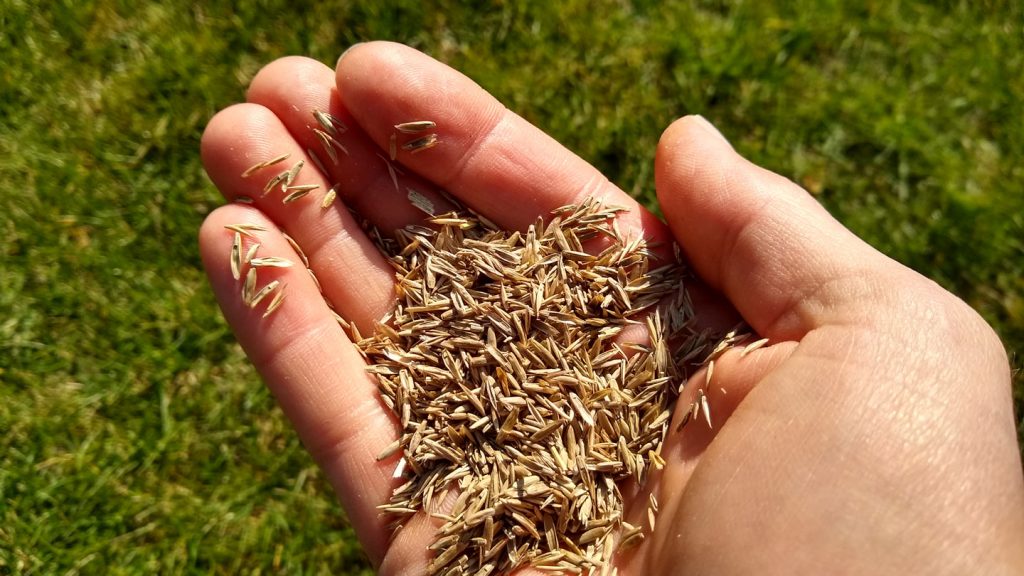
2. Plant Species Selection
While many species of plants can be used for revegetation, knowing which species will perform best in a reasonable amount of time is essential. Some species may be difficult to germinate and are a waste of resources when included in the seed mix.
The Erizon team conducts comprehensive laboratory analysis for a full range of plant growth characteristics before choosing the best plant species to use for optimal coverage. We also have a team of horticulturalists who can help make the decision.
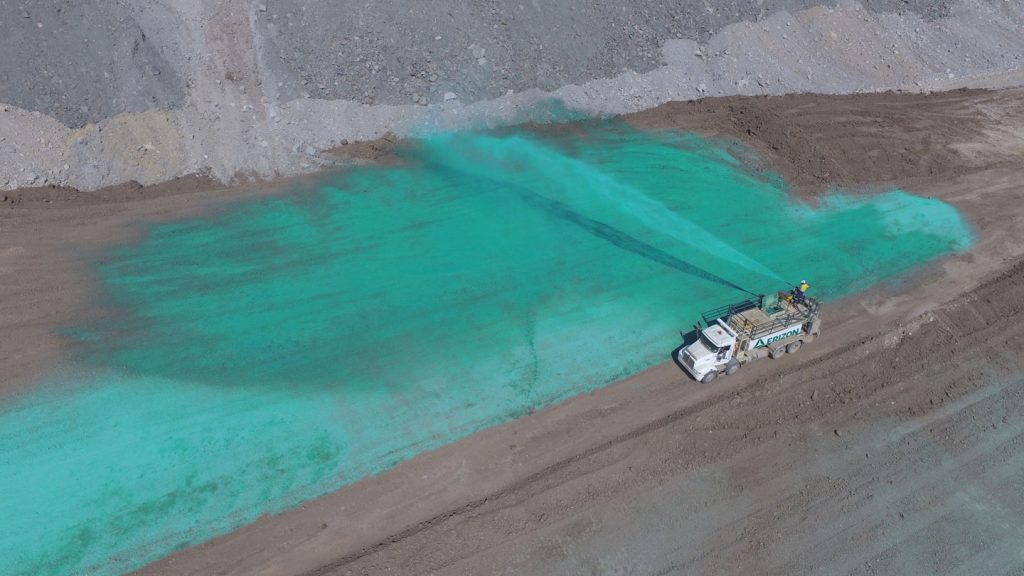
3. Revegetation Methods
Hydromulching and hydroseeding are the most efficient, scientifically-backed alternatives to traditional planting methods such as drill seeding, hand seeding, and sod applications. These modern revegetation methods are more economical than laying fresh turf and can also be effective for long-term erosion control because they produce thicker, healthier vegetation.
Hydroseeding is the hydraulic application of seed blend, fertilisers, and proprietary binders over the topsoil. It is more suitable for areas with healthy topsoil and a good irrigation system in place.
Meanwhile, hydromulching is similar to hydroseeding as it also involves applying a slurry of seeds, fertilisers, and tackifiers. The main difference is that this method adds a fibre-mulch into the mix to serve as a cover and moisture reservoir that boosts seed germination.
Erizon offers various hydroseeding and hydromulching solutions to choose from depending on the site-specific requirements and goals. When you engage with our team, we will discuss your needs and build a customised programme tailored for your project.
Aside from the revegetation method, we will determine the best time to start based on climate conditions, temperature, and plant species. Extreme weather conditions and temperatures can be detrimental to the establishment of vegetation. Too much rainfall can kill germinating seeds or wash them away, while insufficient water reduces germination and slows growth.
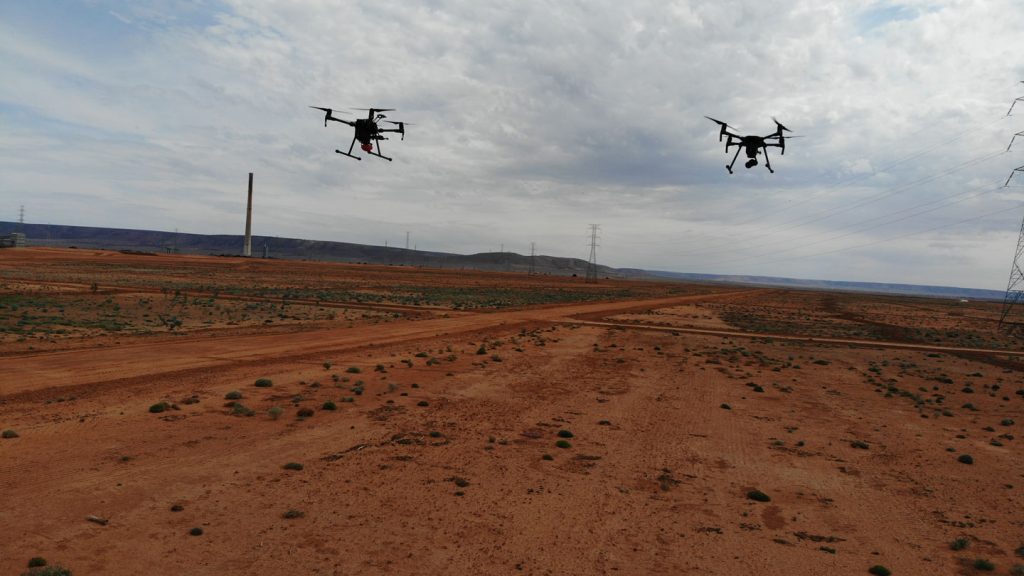
4. Setting the Success Criteria, Maintenance, and Monitoring
It is also essential to set realistic performance standards that are quantitative and achievable. If the success criteria are too high, achieving them in a reasonable amount of time can be impossible. When set too low, the results may not provide sufficient vegetation cover to protect the soil from erosion or blend the site with the surrounding landscape.
Another factor that impacts the success of a revegetation project is weed management. It is crucial to control invasive, noxious weeds before they ruin the project. Early detection, vigilance, rapid response, and consistent effort are necessary to keep them under control and prevent wasting resources.
Also, you must keep track of the progress of your revegetation project to perform remedial measures as soon as possible. Erizon use drones for efficient monitoring of the revegetation site. This allows us to identify areas that need our attention quickly.
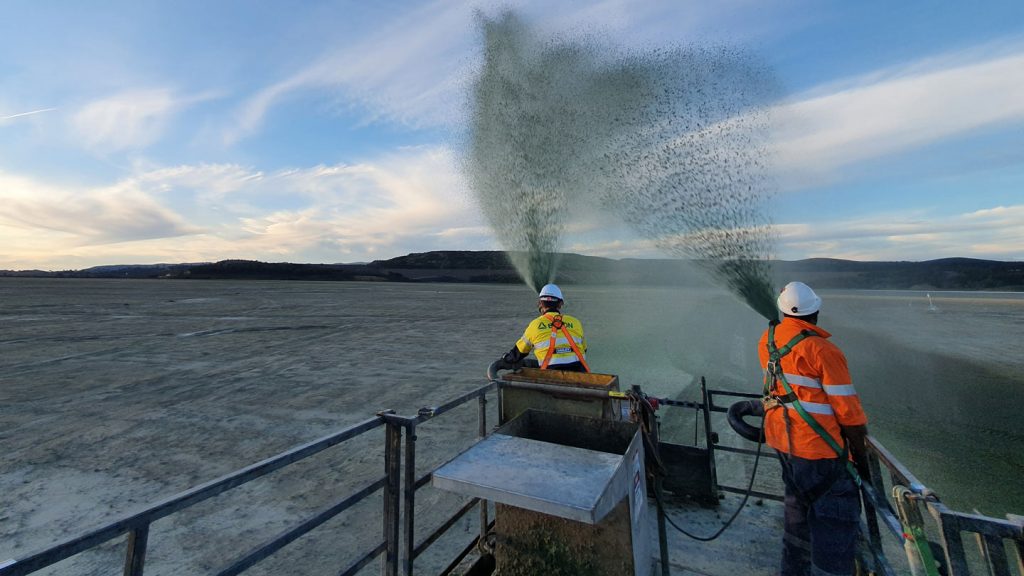
5. Work With Mine Site Revegetation Experts
All of the key factors shared here require the involvement of experienced soil scientists, environmental advisers, botanists, and horticulturalists.
While you can take on an adaptive management approach where you learn from failures and build on successes, working with mine site revegetation experts is the most practical and cost-efficient approach.
As Australia’s leading environmental solutions provider, Erizon has an excellent track record of successfully revegetating and reclaiming mined lands across the country. Not only do we have a team of experts and manpower, but also the most innovative products and state-of-the-art equipment.
If you want to learn more about our past mine revegetation projects and discuss your site requirements, book a consultation with us today!
